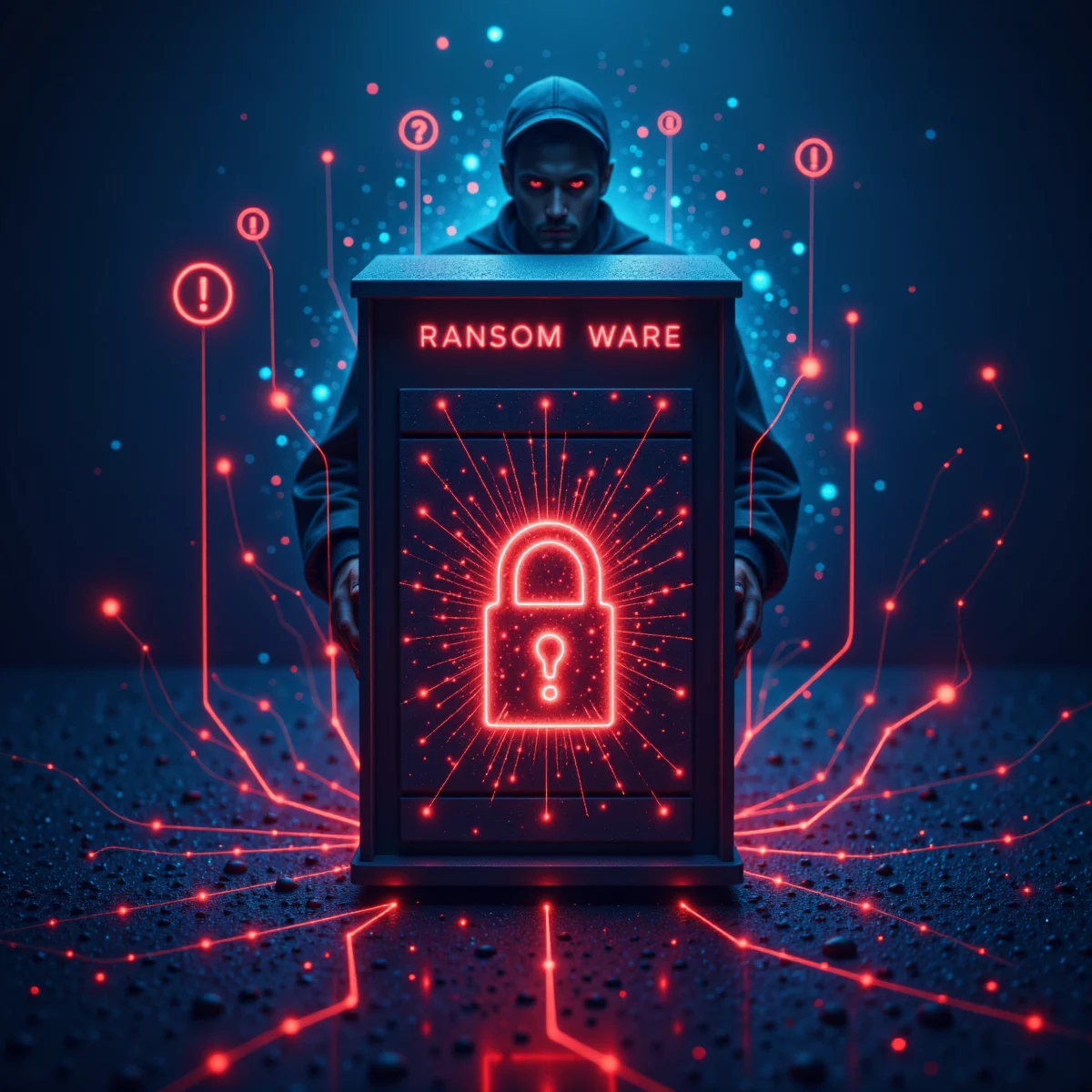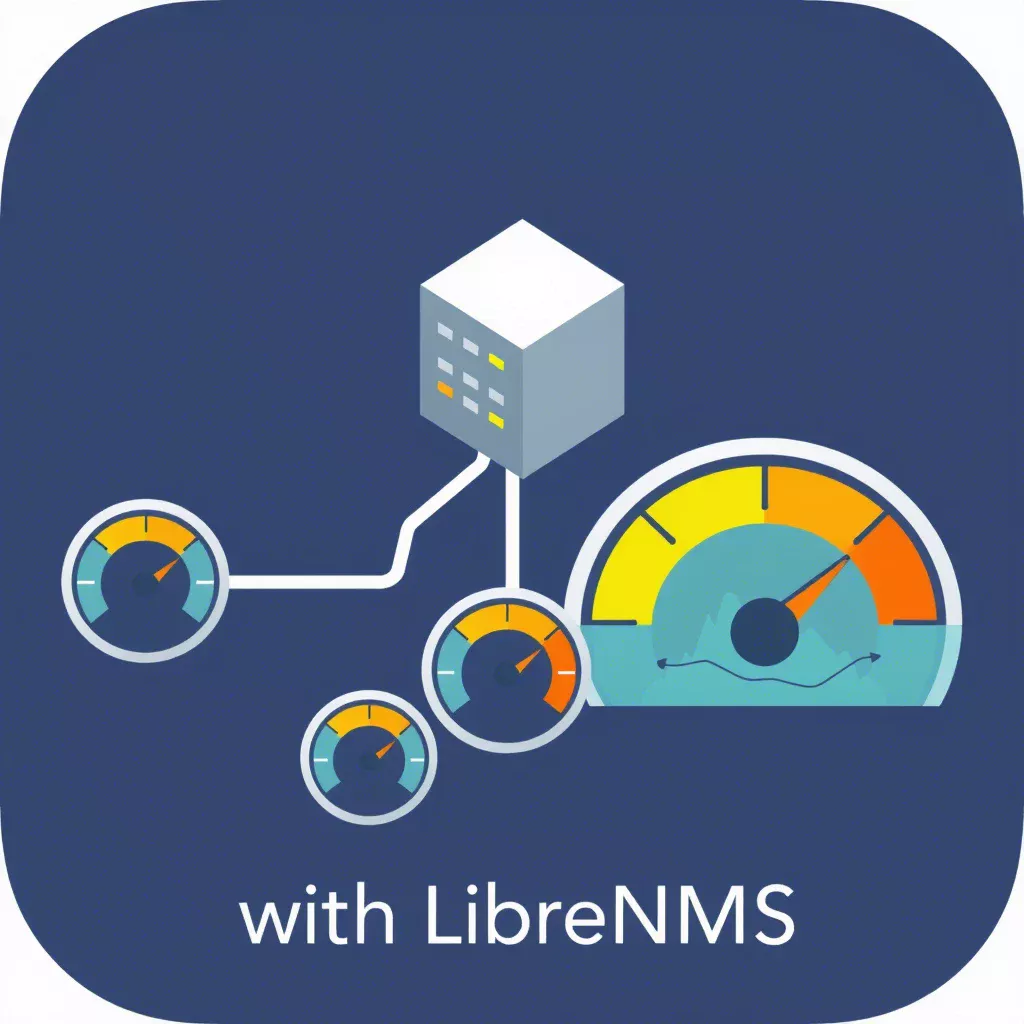
What Is JungleSec Ransomware and How to Protect Against It
Cybersecurity threats are evolving faster than ever, and ransomware remains one of the most dangerous weapons in the arsenal of cybercriminals. Among these, JungleSec ransomware stands out for its calculated targeting of servers and its ability to disrupt entire systems.
If you’ve never encountered JungleSec before, or you’re looking to bolster your defenses, this guide will walk you through what it is, how it works, and—most importantly—how to protect yourself.
What Exactly Is JungleSec Ransomware?
At its core, JungleSec is ransomware. That means it’s a type of malicious software designed to encrypt files on your system, making them inaccessible. The attackers then demand a ransom—usually paid in cryptocurrency—to give you the decryption key.
What makes JungleSec particularly dangerous is how it gains access to your system. Unlike generic ransomware that might arrive via email or a phishing link, JungleSec specifically targets server vulnerabilities, especially IPMI (Intelligent Platform Management Interface) configurations. If these aren’t secured, your system could be wide open for an attack.
How It Works
JungleSec ransomware typically follows a four-step process:
- Finding a Way In: The attackers scan for weak points, often focusing on misconfigured IPMI interfaces or servers with outdated software.
- Taking Control: Once they’re in, they escalate their access, gaining full control of your system.
- Encrypting Your Files: Files are locked with strong encryption, making them useless until you get the decryption key.
- Demanding Payment: A ransom note is left, usually demanding cryptocurrency in exchange for the key.
This isn’t just an inconvenience—it can be devastating for businesses that rely on servers for daily operations.
Why Should You Care About JungleSec?
Ransomware isn’t just an IT problem. It’s a business problem, a financial problem, and in some cases, a legal problem. JungleSec, in particular, is known for causing significant disruption. Let’s break it down.
1. Operational Downtime
Imagine your entire system is encrypted: customer data, business applications, and even backups. For businesses, this means operations grind to a halt. Downtime doesn’t just mean lost revenue—it damages trust with your customers.
2. Permanent Data Loss
If you don’t have secure backups or can’t afford the ransom, you could lose your data forever. Even if you pay, there’s no guarantee you’ll get everything back.
3. Financial and Reputational Costs
On top of the ransom (which could be thousands of dollars), you’ll likely face expenses for IT recovery, security upgrades, and potential legal fines if sensitive data is compromised.
4. Regulatory Issues
If your business handles sensitive customer data, a ransomware attack could put you in breach of regulations like GDPR or CCPA, leading to hefty penalties.
In short, a JungleSec attack can ripple across every part of your organization.
How to Protect Yourself Against JungleSec Ransomware
The good news? You can protect yourself. With the right strategies, JungleSec ransomware—and ransomware in general—can be stopped before it wreaks havoc. Let’s break it down step by step.
Step 1: Secure Your IPMI Interfaces
JungleSec often gets in through poorly secured IPMI interfaces. These interfaces let administrators manage servers remotely, but if they’re not secured, attackers can exploit them. Here’s what to do:
- Disable IPMI if you’re not using it.
- Change default login credentials to strong, unique passwords.
- Restrict access to IPMI interfaces using IP filtering or VPNs.
- Regularly update your server firmware to patch vulnerabilities.
Step 2: Keep Your Software Up to Date
Many ransomware attacks, including JungleSec, exploit outdated software. Ensure all operating systems, applications, and server firmware are regularly updated with the latest security patches.
Step 3: Create and Test Backups
Backups are your safety net if ransomware strikes. A few best practices:
- Schedule regular backups of critical data.
- Store backups in multiple locations, including offline and offsite options.
- Periodically test your backups to ensure they can be restored.
Step 4: Use Strong Authentication
Multi-factor authentication (MFA) is a simple but effective way to stop unauthorized access. Even if an attacker guesses your password, MFA adds an extra layer of security.
Step 5: Educate Your Team
Human error is often the weakest link in cybersecurity. Train your employees to:
- Recognize phishing emails.
- Avoid clicking suspicious links or downloading unverified attachments.
- Report any unusual system activity immediately.
Step 6: Monitor for Suspicious Activity
Keep an eye on your network. If you notice unusual login attempts, unexpected data transfers, or unexplained resource usage, act quickly. Early detection can stop an attack in its tracks.
Step 7: Implement Network Segmentation
By splitting your network into segments, you can contain a ransomware attack. For example, if JungleSec gets into one segment, it won’t necessarily spread to others.
What to Do If You’re Attacked by JungleSec
Despite your best efforts, attacks can still happen. If JungleSec does infiltrate your system, here’s what to do:
- Isolate the Infected Systems: Disconnect affected machines from the network to prevent further spread.
- Contact Professionals: Engage cybersecurity experts to assess the damage and attempt data recovery.
- Report the Incident: Notify law enforcement and comply with any regulatory requirements.
- Do Not Pay the Ransom: There’s no guarantee you’ll get your data back, and paying only encourages more attacks.
Why JungleSec is a Sign of Bigger Trends
JungleSec is part of a larger wave of ransomware attacks that are becoming more targeted and sophisticated. Here are a few trends to watch:
- Focus on Servers: Attackers are shifting their attention from individual devices to servers, where the impact (and potential payout) is much greater.
- Ransomware-as-a-Service (RaaS): Some cybercriminals now sell ransomware kits to others, making it easier for even non-technical attackers to launch attacks.
- Cryptocurrency Challenges: As governments crack down on cryptocurrency anonymity, attackers may look for new ways to demand payment.
Final Thoughts
JungleSec ransomware is a serious threat, but it’s not unstoppable. By taking proactive steps like securing your IPMI interfaces, keeping systems updated, and training your team, you can significantly reduce your risk. The key is preparation. Don’t wait for an attack to happen—start building your defenses today.
Remember, the cost of prevention is always less than the cost of recovery. Stay vigilant, stay informed, and stay protected.









